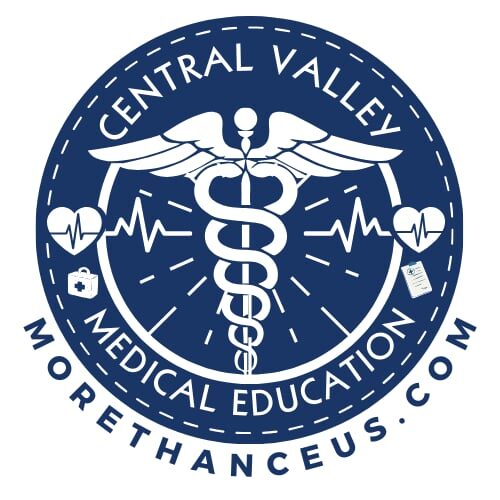What is a Needlestick Injury?
A needlestick injury refers to the accidental puncture of the skin by a needle or other sharp medical device that has been used on a patient. These injuries are a serious occupational hazard for healthcare professionals, as they can result in the transmission of bloodborne pathogens, including Hepatitis B virus (HBV), Hepatitis C virus (HCV), and Human Immunodeficiency Virus (HIV).
Needlestick injuries may occur during:
- Injection or venipuncture procedures
- Recapping needles
- Transferring bodily fluids
- Suturing
- Improper disposal of sharps
- Handling soiled instruments
Even though they may seem minor, a single needlestick can have life-altering consequences, particularly if the source patient carries a communicable disease. According to the CDC, approximately 1 in 3 needlestick exposures to HCV result in transmission, and up to 30% for HBV in unvaccinated individuals.
Healthcare environments such as emergency rooms, intensive care units, and procedural areas carry an even higher risk due to urgency, patient acuity, and complex workflows. Equipment such as hypodermic needles, lancets, suture needles, scalpels, and IV catheters are all common sources of injury.
It’s important to recognize that not all needlestick injuries result from carelessness. Even well-trained professionals following protocol can sustain an injury due to:
- Unexpected patient movement
- Equipment malfunction
- Distractions or multitasking
- Overfilled sharps containers
🧠 Key Points:
- A needlestick injury is any percutaneous exposure to blood or potentially infectious material via sharp medical equipment.
- Immediate action following an injury is critical: wash the area, report the exposure, and seek post-exposure evaluation.
- Prevention starts with understanding how and where these injuries occur and maintaining vigilance in all clinical settings.
